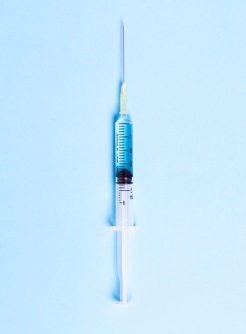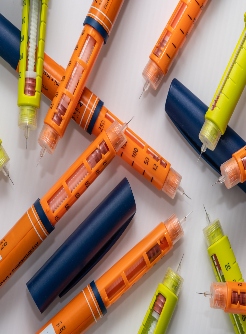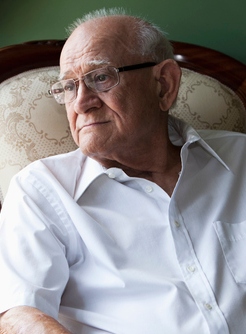Dulaglutide Alone Improves Glycemic Control in Young Patients with Type-2 Diabetes
By Dave Quaile, MD /alert Contributor
August 4, 2022
Young patients with type 2 diabetes—who were treated with or without metformin or basal insulin and were treated with once-weekly doses of 0.75 mg or 1.5 mg dulaglutide—saw an improvement in glycemic control during a 24 week period without an effect on BMI compared to placebo, according to a study recently published in NEJM.
“Type 2 diabetes in young persons is a rapidly progressive disorder with early onset and rapid progression of complications,” Silva A. Arslanian, MD, from the Center of Pediatric Research in Obesity and Metabolism, and division of pediatric endocrinology, diabetes, and metabolism at the University of Pittsburgh, School of Medicine, UPMC Children’s Hospital of Pittsburgh, and colleagues wrote. “Dulagtulide, a GLF-2 receptor agonist that is administered subcutaneously once weekly, has been approved since 2014 for the treatment of adults with type 2 diabetes.”
Arslanian and colleagues conducted the randomized, double-blind Assessment of Weekly Administration of LY2189265 in Diabetes-Pediatric Study (AWARDS-PEDS) to compare the safety and efficacy of dulaglutide and placebo among young participants with type 2 diabetes.
A total of 154 patients were randomly assigned to receive once-weekly subcutaneous injections of placebo, dulaglutide at a dose of 0.75 mg, or dulaglutide at a dose of 1.5 mg.
The 26-week placebo-controlled trial included patients aged 10 to 18 years of age with a BMI in the 85th percentile who were being treated with lifestyle modifications alone or with metformin, with or without basal insulin.
The open-label extension study recorded how those who had received placebo began receiving dulaglutide at a weekly dose of 0.75 mg.
The primary end point was the change from baseline in the glycated hemoglobin level at 26 weeks and secondary end points included a glycated hemoglobin level of less than 7% and changes from baseline in the fasting glucose concentration and BMI.
The mean glycated hemoglobin level at 26 weeks had increased in the placebo group (0.6 percentage points) and had decreased in the dulaglutide groups (–0.6 percentage points in the 0.75-mg group; −0.9 percentage points in the 1.5-mg group; P < .001 for both comparisons vs placebo). Additionally, a higher percentage of participants in the pooled dulaglutide groups than in the placebo group had a glycated hemoglobin level of less than 7% (51% vs 14%; P < .001).
The fasting glucose concentration increased in the placebo group (17.1 mg per deciliter) and decreased in the pooled dulaglutide groups (−18.9 mg per deciliter; P < .001), and there were no between-group differences in the change in BMI.
The researchers did observe an increased incidence of gastrointestinal adverse events among patients in the dulaglutide cohort.
“The data from our trial suggest that dulaglutide, if ultimately approved for pediatric use, may offer advantages not only with regard to glycemic control but also with regard to its frequency and method of administration,” the researchers wrote. “Weekly administration with a device that does not require reconstitution steps or needle handling and that has shown favorable ease-of-use characteristics in preference studies involving adults with type 2 diabetes may have relevance for long-term treatment of youths with type 2 diabetes.”
--
Disclosure: Some authors declared financial ties to drugmakers. See full study for details.
Photo Credit: Getty Images.
By Dave Quaile, MD /alert Contributor




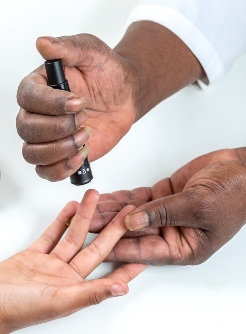



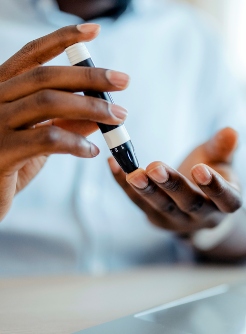

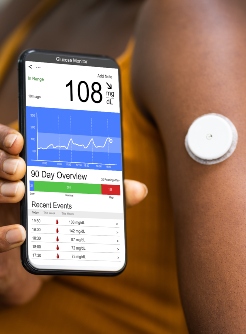











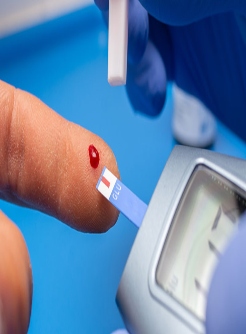

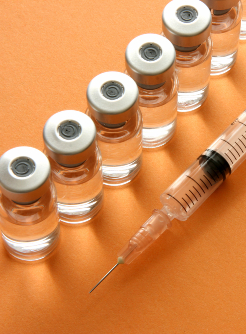

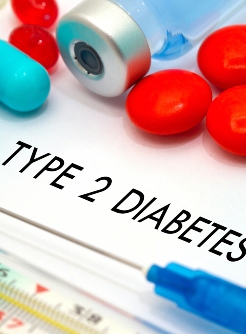



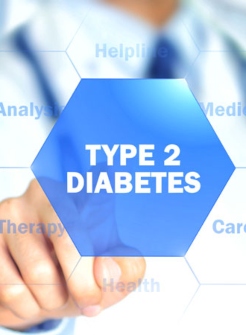
.jpg)
.jpg)

